






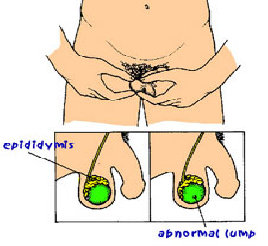
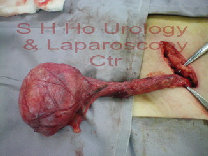
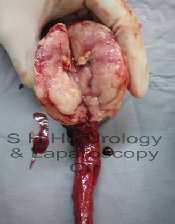
In advanced testicular cancer that has spread to other parts of the body such as lymph nodes, liver, lungs or brain; a combination
of aggressive chemotherapy followed by surgical removal of the abdominal lymph nodes are still highly effective in controlling the
cancer. Surgical removal of the abdominal lymph nodes, called retroperitoneal lymph node dissection (RPLND) can remove any remaining
cancer infected lymph nodes that is not addressed by chemotherapy. Hence, testicular cancer is highly treatable, even when cancer
has spread beyond the testicle
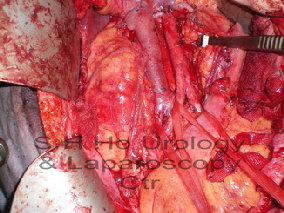
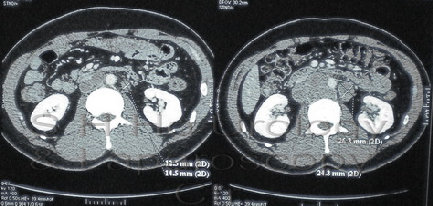
f. What are the latest developments in testicular cancer treatment?
Testicular cancer has seen the most dramatic improvements in cure rates in a cancer that impacts significantly on the economically important young males of society. Newer chemotherapy treatment is associated with better response and lower side effects.
Truly, this cancer warrants close collaboration between the urologist, medical oncologist and radiation oncologist for optimum outcome as only multi modality treatment can render good long term cure. This has always been the emphasis of our centre.
Exploration and biopsy of the lump is sometimes performed prior to surgical removal if the ultrasound and blood test results are not obvious. Frozen section of the lump will be sent to the pathologist during the surgery and an immediate result on the nature (cancer or not cancer) can be determined to guide further treatment.
The exact treatment for each type of testis cancer is very different. Early seminoma type is usually treated with surgery followed by radiation to the abdomen or chemotherapy. The non-seminoma type is also treated by surgery but followed by a longer course of chemotherapy.
In retroperitoneal lymph node dissection, all lymph nodes around the major blood vessels such as aorta, inferior vena cava, kidney and iliac blood vessels are removed, without damaging these important structures as well as preserving the sympathetic nerves that are important for future reproduction. This is a technically demanding surgery requiring high level of expertise.












